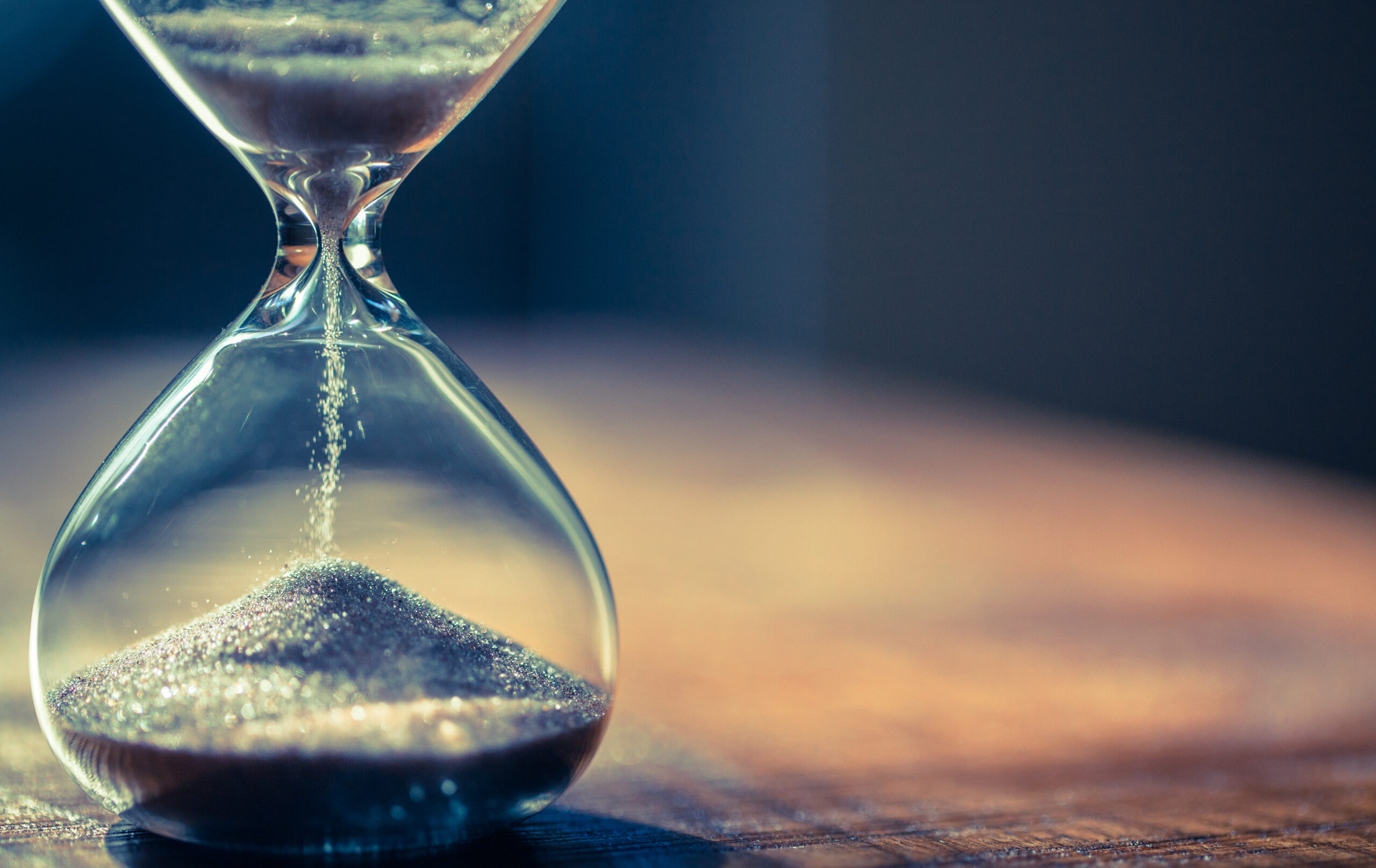When: The Scientific Secrets of Perfect Timing
The most interesting business book I read last year was Daniel Pink’s When: The Scientific Secrets of Perfect Timing (Riverhead Books, 2018). Based on research on a wide series of topics, the common theme is that of time – and timing – and how it affects your chances for success in all sorts of endeavors. Actually to call this a ‘business book’ is a little misleading as it also delves into matters of a more personal nature (e.g., when to get married, when to start a new job).
There are too many good ideas in the book for me to summarize in this blog. I encourage you to pick up the book to read for yourself. To be clear, in reading it my focus was how could these ideas be leveraged to help LSS practitioners and teams become more effective.
With that in mind, here are the ideas which resonated with me the most:
- Natural Rhythms: All people have a
chronotype (circadian rhythm) with
highs and lows over the course of a day. The natural daily cycle features a
peak of productivity, followed by a trough, then a rebound back up. Pink
described three types of people:
- Larks – Peak very early in morning (14% of all people)
- Third Birds – Peak mid-morning (65%)
- Owls – Peak late afternoon or evening (21%)
- Optimal Times for Key Activities: Assuming you – and your team – are ‘Third Bird” chronotypes (about 2/3s of us are), here are some recommendations on activities:
| Type of Task | Best Time of Day | LSS Example |
| Analytical Work | Early to Mid-Morning | Reviewing data, creating charts and graphs, hypothesis tests, planning for kaizen event |
| Insight Tasks | Late Afternoon / Early Evening | Brainstorming, Process Mapping, Affinity Diagram, FMEA |
| Making an Impression | Morning | First visit with key stakeholders, Meeting with senior management |
| Making a Decision | Early to Mid-Morning | Gate reviews, Choosing between different solutions under consideration |
The author cited a study of over 26,000 earnings calls of over 2,100 publicly traded companies. They found calls held in the afternoon were more likely to be negative and concluded: “An important takeaway from our study … was that communications with investors, and probably other critical managerial decisions and negotiations, should be conducted earlier in the day.”
- The afternoon Trough – and what to do about it: Most people experience a lull in energy and productivity after lunch. Pink offered multiple ways to combat this part of our natural daily cycle:
- Frequent Short Breaks – “Short breaks from a task can prevent habituation [losing sight of the goal], help us maintain focus, and reactivate our commitment to a goal. And frequent short breaks are better than occasional ones.”
- Take a Walk – Walking for 5 minutes every hour is more effective than a 30 minute walk periodically. Going outside is even more effective.
- Break with Others vs. Solo – Social breaks (no work discussion allowed!) are more restorative than being by yourself
- Micro-Breaks: 20-20-20 Rule – Set a timer: Every 20 minutes look 20 feet away for at least 20 seconds. Helps combat eye fatigue from looking at a screen.
- Fresh Start Effect: People tend to act differently when they viewed themselves at a natural beginning point on a calendar. A personal example is to make a resolution on New Year’s Day to accomplish some goal (run a marathon, lose weight). Research has shown this fresh start effect applies to teams.
- Meaningful Moment: If you are leading a LSS team, look for a meaningful moment to reenergize the team (e.g., one year anniversary of launching a new product, company founding anniversary, etc.).
- Project Midpoint Slump Effect: Studies of teams working on projects showed that many tended to bog down between the start and the midpoint. Once the midpoint was reached the teams often had a resurgence in activity (Pink called it the ‘Uh Oh Effect’). Ideas to overcome this slump include:
- Set Interim Goals: Break larger projects into a series of smaller steps with short-term goals. Publicly commit to these interim goals.
- Picture One Person The Project Will Help: Make it clear to the team who will be impacted by solving a problem or achieving a goal.
- High vs. Low Commitment Teams: Studies have shown that different approaches are needed depending on the commitment level of teams.
- High Commitment: Emphasize remaining work to be done
- Low Commitment: Emphasize accomplishments so far
- Three Questions to get a Team in Sync:
- Do we have a clear boss?
- Are we fostering a sense of belonging?
- Are we activating a sense of uplift – feeling good and doing good?
- Fostering a Sense of Belonging:
- Reply Quickly to Email – Research showed “E-mail response time is the single biggest predictor of whether employees are satisfied with their boss.”
- Tell Stories About Struggle – “Stories of failure and vulnerability … foster a sense of belongingness”
- Nurture Self–organized Group Rituals – “Workplace social functions are less effective if initiated by managers.” Let team members – not the Belt – develop such rituals.


